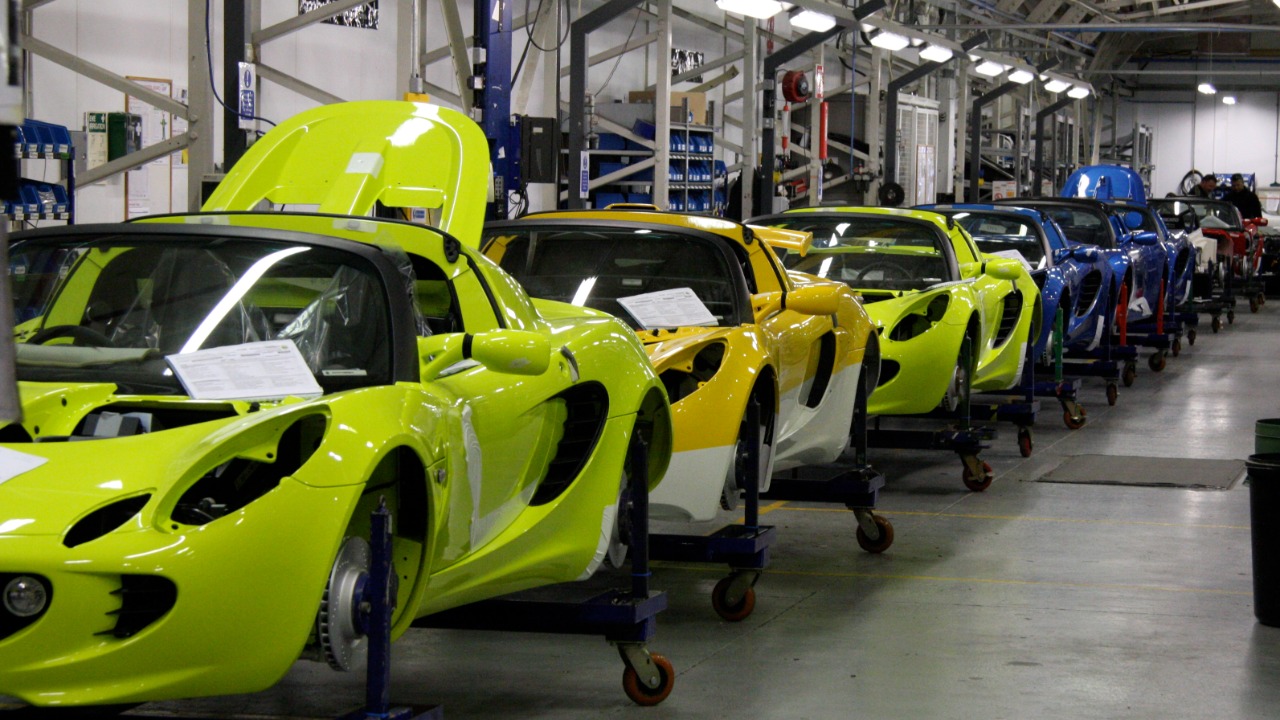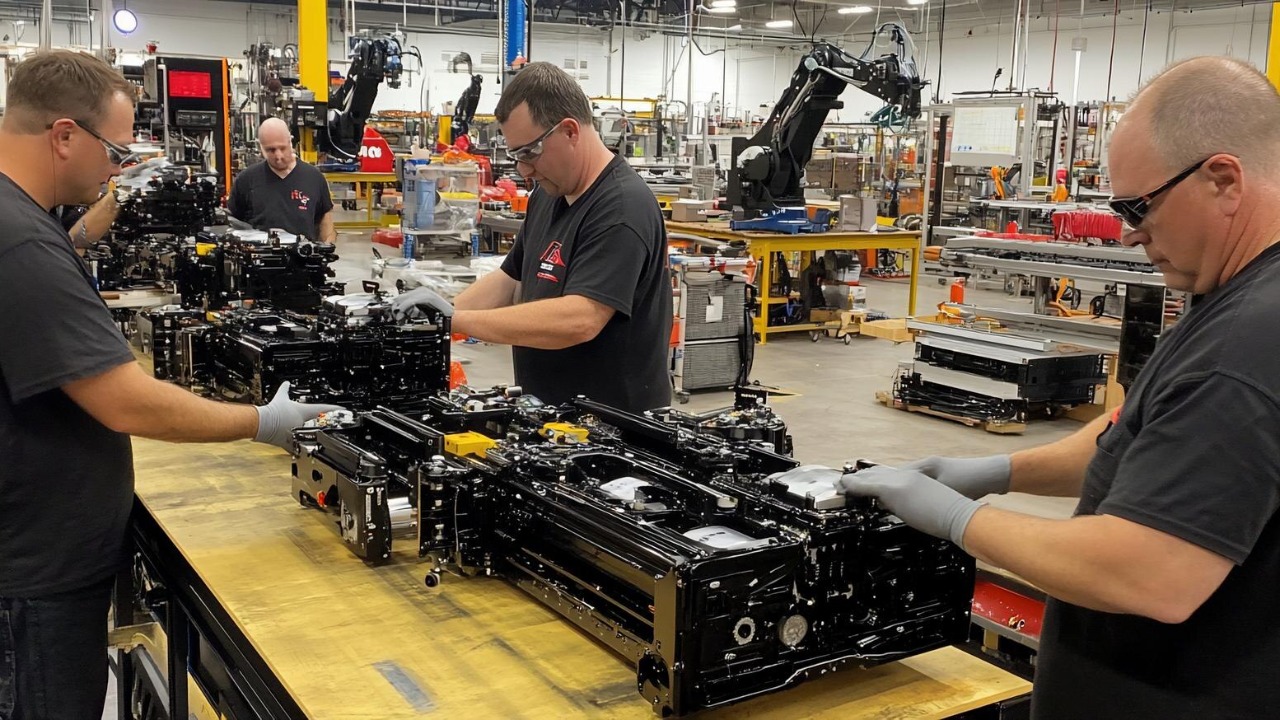
In recent years, automakers have been quietly disabling or removing certain features in vehicles as a cost-cutting measure, sparking discussions on consumer rights and safety. While these changes may not always be apparent to the average buyer, they have significant implications for both the driving experience and the future of vehicle innovation. This practice underlines a growing tension between cost efficiency and consumer expectations, raising questions about what the future holds for both the industry and its customers.
The Rise of Cost-Cutting in the Automotive Industry

Economic pressures and the push for profitability are driving automakers to rethink their strategies. The industry is grappling with increased production costs, fluctuating raw material prices, and the need to stay competitive in a global market. As a result, many manufacturers are exploring ways to cut costs, and one area that has seen significant changes is vehicle features. For instance, some brands have started removing or disabling non-essential features, which, while reducing costs, also alter the consumer experience.
Specific examples include the removal of automatic emergency braking systems and heated seats. These features, once considered standard or luxury, are now becoming less common in newer models. According to a recent analysis, other features like CD players and manual transmissions are also being phased out. This shift not only affects consumer expectations but also raises concerns about the long-term value of these vehicles. As customers adjust to these changes, trust in the brand and its commitment to innovation can be significantly impacted.
The Role of Technology in Feature Disabling

Today’s vehicles are increasingly reliant on software, allowing manufacturers to manage features through updates. This software-driven approach enables automakers to disable or enable features without making physical changes to the vehicle. For instance, BMW has offered heated seat functionality through a subscription model, turning a once-standard feature into an optional service. This trend is expanding across the industry, as more automakers adopt subscription models for various functionalities.
While this approach offers a new revenue stream, it also raises ethical questions about the control manufacturers have over their vehicles. The ability to disable features remotely, especially those related to safety, is a contentious topic. A report from Wired highlights the potential risks of paywalled safety features like automatic emergency braking, where consumers may be forced to pay for life-saving technology. As this trend grows, the ethical implications of such control are becoming a significant concern for both consumers and regulatory bodies.
Safety Concerns and Regulatory Challenges

The disabling of safety features poses significant risks to drivers and passengers. Features such as automatic emergency braking and lane-keeping assistance are designed to prevent accidents and enhance road safety. However, when these features are removed or disabled, vehicles may become more susceptible to collisions, putting lives at risk. The decision to cut safety features often boils down to cost considerations, which may compromise the overall safety standards of a vehicle.
Regulatory oversight is crucial in monitoring these practices to ensure that consumer safety is not compromised. Government agencies are tasked with setting and enforcing safety standards, but the rapid technological advancements in the automotive sector make it challenging to keep up. As manufacturers continue to find new ways to cut costs, regulators must adapt to ensure that safety remains a priority. According to a study from eScholarship, the evolving landscape of automotive safety standards will likely require more stringent regulations to protect consumers from the potential dangers of feature disabling.
Consumer Impact and Response

Consumer awareness is growing regarding the practice of disabling vehicle features, and advocacy groups are playing a crucial role in pushing for transparency. As more consumers become aware of these practices, they are demanding greater transparency from automakers regarding what features are included in their vehicles. This increased awareness is leading to a more informed consumer base that is better equipped to make purchasing decisions.
Legal recourse is available for consumers who feel misled by the removal of vehicle features. In some cases, class-action lawsuits have been filed against manufacturers for failing to disclose the deactivation of certain features. These legal actions highlight the importance of transparency and consumer rights in the automotive industry. For those looking to avoid such pitfalls, it’s essential to research and understand what features are included in a vehicle before purchasing. Resources like Inkl’s reports on disappearing car features offer valuable insights into what consumers should look out for.
The Future of Automotive Feature Development

The tension between innovation and cost-cutting is a pressing concern for the future of vehicle design. While automakers are under pressure to reduce costs, there is also a demand for cutting-edge technology and enhanced features in modern vehicles. This dichotomy can lead to a challenging balancing act, where manufacturers must weigh the benefits of innovation against the need for profitability.
The rise of electric and autonomous vehicles presents new opportunities and challenges for feature development. These vehicles often come equipped with advanced technologies, but they also require significant investment in research and development. As the automotive landscape continues to evolve, automakers must find ways to balance these demands to meet consumer expectations while maintaining profitability. A comprehensive guide on automotive industry trends suggests that collaboration between manufacturers, regulators, and consumers will be key to achieving this balance.